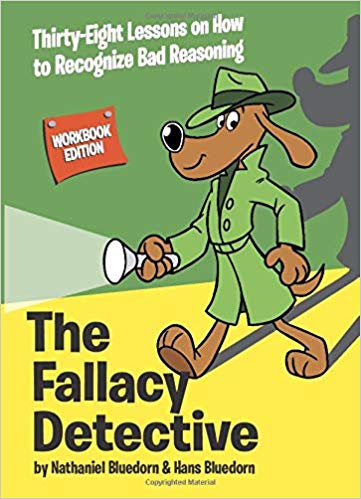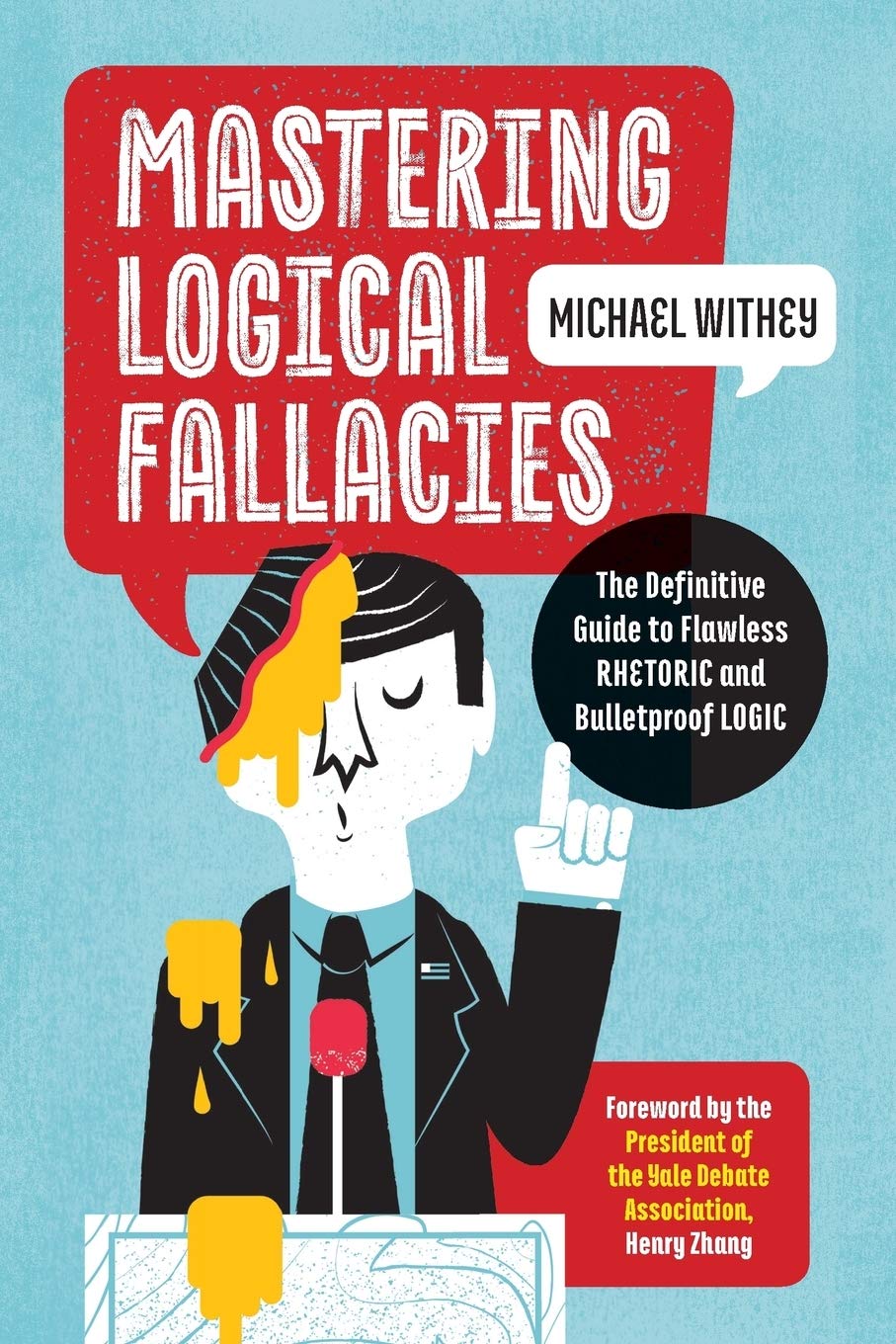
Kettle Logic
Kettle logic is the use of several inconsistent arguments to defend a position.
Example of Kettle Logic
- Someone accused of having sex in a public place might respond with an argument that they were not having sex in a public place, since the restroom was in a park, in a secluded location and the stall blocked them from public view.
- Someone caught speeding argues that: I was not speeding.I didn't see the speed limit signThere was no speed limit posted.
The term Kettle Logic was first used by Sigmund Freud. He explained it as part of a story about a man accused of having damaged a kettle. The man gave three defenses:
- I returned the kettle undamaged.
- The kettle was already damaged when I borrowed it.
- I never borrowed the kettle.
Each of the defenses by the man could be potentially valid, but all of them consider together make the defense questionable.

Books About Logical Fallacies
A few books to help you get a real handle on logical fallacies.





Kettle LogicExtended Explanation
The Kettle Logic fallacy is a logical fallacy that occurs when someone attempts to make an argument that is circular in nature. It is also known as “begging the question” or “circular reasoning.” The fallacy is named after a proverb that states, “One cannot call the pot black when the kettle is black, too.”
The Kettle Logic fallacy occurs when someone assumes that an argument is valid because it has already been established as true. This is a form of circular reasoning, as the conclusion of the argument is already assumed to be true. For example, if someone were to argue that “voting is the only way to create change in society,” this would be an example of the Kettle Logic fallacy.
The fallacy is typically used to make an argument appear more logical or valid than it actually is. This can be done by citing sources that already agree with the conclusion of the argument, or by providing evidence that has already been accepted as true. By doing this, the person making the argument is essentially asking the audience to accept their conclusion without actually having to provide any evidence or reasoning to back it up.
The Kettle Logic fallacy can be avoided by making sure that an argument is based on evidence and logic, and not on assumptions. When making an argument, it is important to provide evidence that supports the conclusion, and to make sure that the argument is not based on circular reasoning. It is also important to be aware of the potential for bias when making an argument, as bias can lead to the use of the Kettle Logic fallacy.
The Kettle Logic fallacy is a common logical fallacy that can easily be avoided if one is aware of it. By understanding the fallacy and paying attention to the evidence and logic behind an argument, it is possible to avoid the fallacy and make more effective arguments.